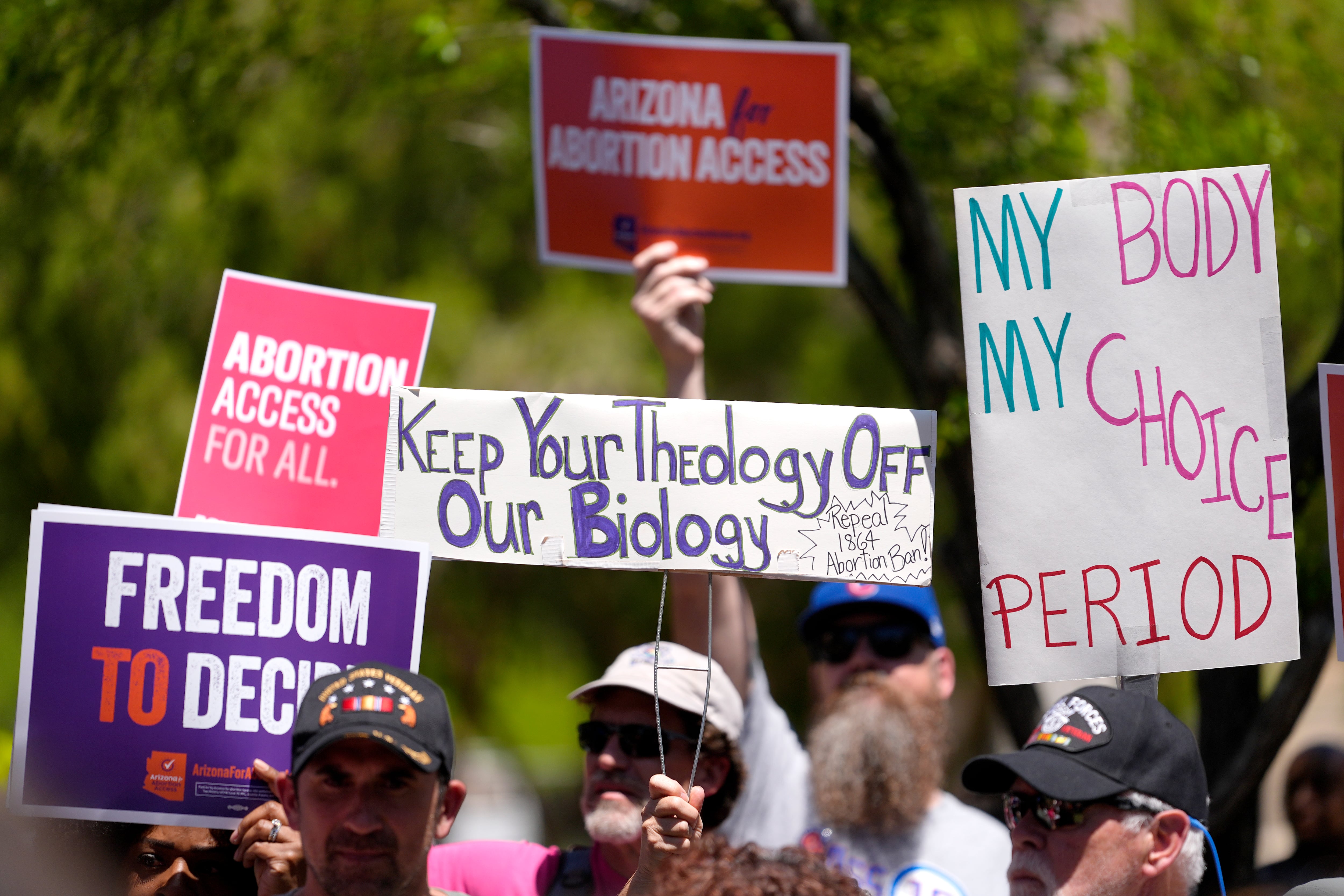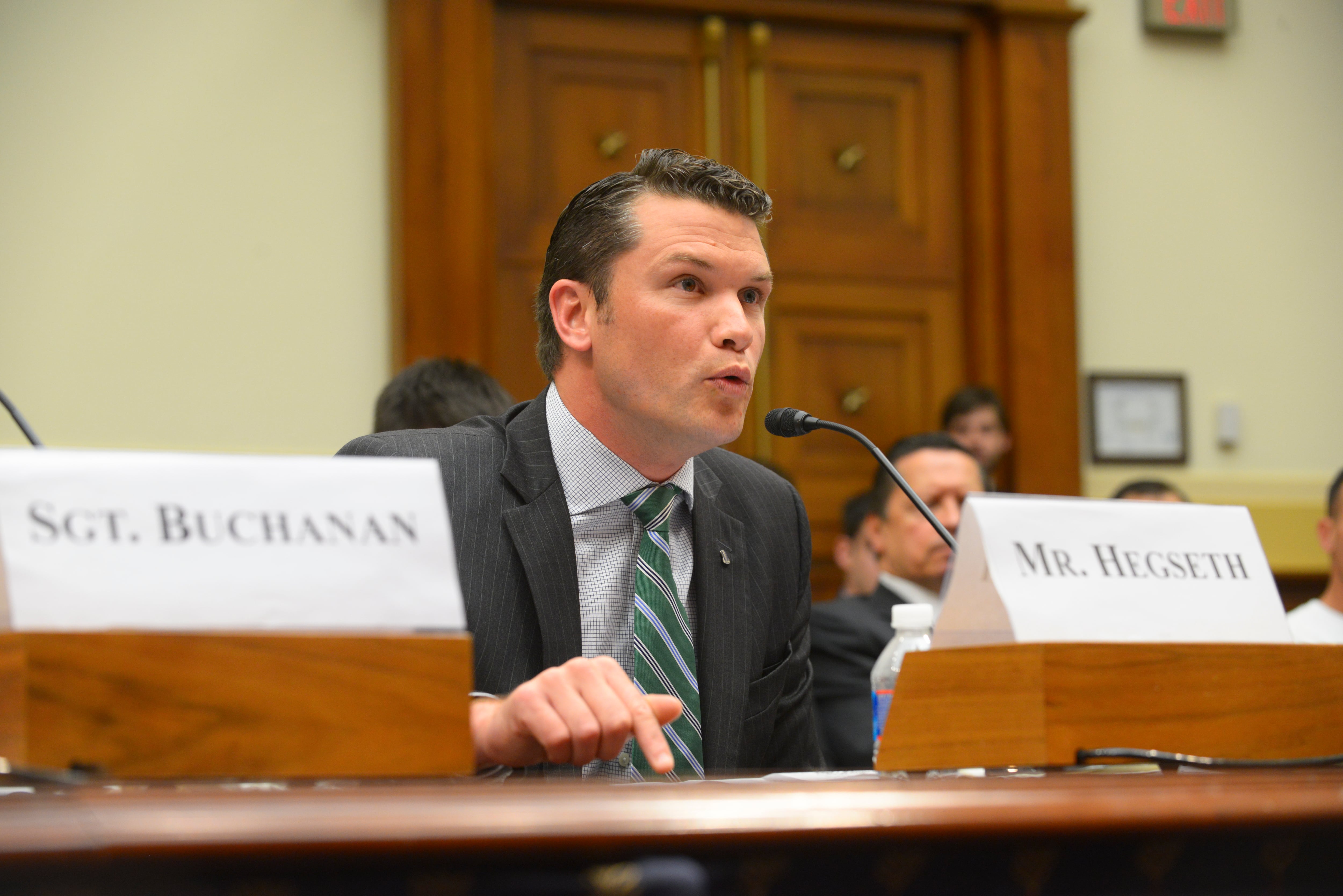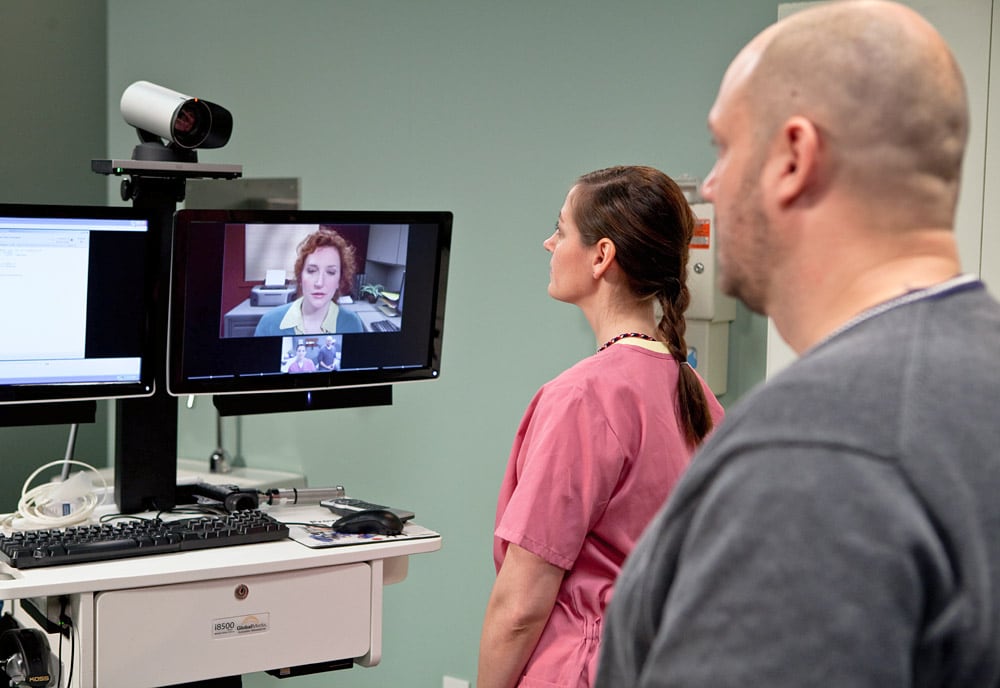NAVAL AIR STATION LEMOORE, Calif. — The Navy's transition to the F-35C Lightning II — coupled with the U.S. military's shift to the Pacific — is helping to turn this somewhat remote air station into the largest strike fighter hub in the Navy. is on a collision course with the Navy's newest strike fighter, the F-35C Lightening.
The transformation began last fall when the Last fall the service announced that Naval Air Station Lemoore had beaten beat out NAS Naval Air Station EL Centro, California, for the honor of hosting U.S. Pacific Fleet's F-35 aircraft.
That put the base into high gear, planning for the arrival of this new aircraft and the first squadron, known as the fleet replacement squadron or FRS in aviator speak.
Strike Fighter Squadron 101, the F-35 fleet replacement squadron, is expected to relocate to Lemoore from it's current home at Eglin Air Force Base, Florida, beginning in January 2017. The squadron comprises about 1,000 people.
But the shift to the Pacific also convinced Navy planners to move two F/A-18 squadronstwo more strike fighter squadrons, VFA-136 and VFA-11, from will move from Naval Air Station Oceana, Virginia, in June 2016 and January 2017, respectively, bringing even more aircraft, personnel and family members to the base.
When the plus-up is complete, Lemoore will have nearly 60 percent of Navy strike fighter airpower, and another 3,000 personnel, a megabase worthy of the "master jet base" moniker it's had since it was designed in the 1950s.
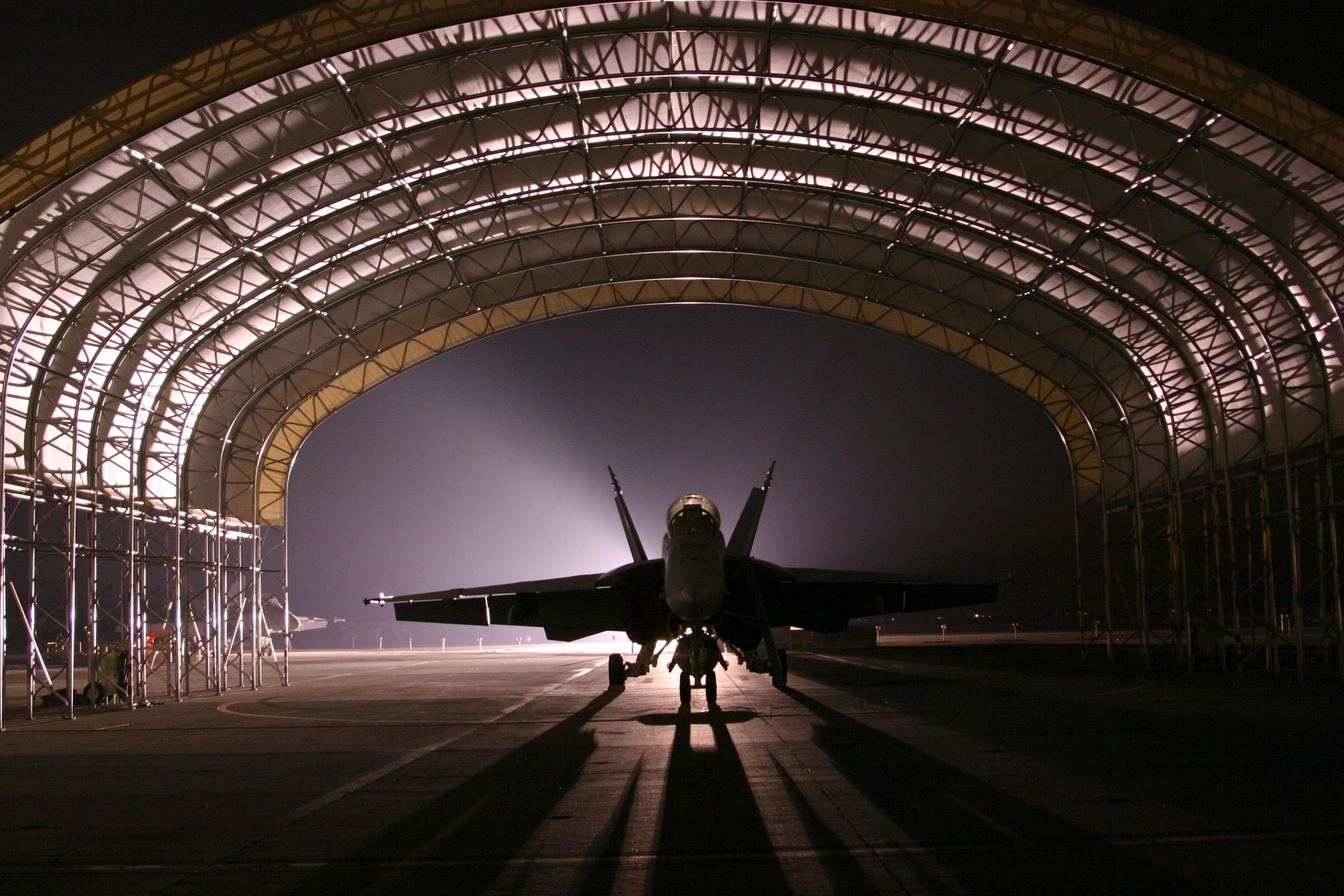
An F/A-18F attached to the "Flying Eagles" of Strike Fighter Squadron 122 (VFA-122) sits on the line at Lemoore.
Photo Credit: Navy
Last fall the service announced that Naval Air Station Lemoore had beaten out Naval Air Station EL Centro for the honor of hosting the Pacific Fleet's F-35 aircraft.
That put the base into high gear planning for the arrival of this new aircraft and the initial squadron known as the fleet replacement squadron or FRS in aviator speak. .
This squadron VFA-101 already exists. Currently it's based at Eglin Air Force Base in the Florida Panhandle and is in the process of gaining aircraft and training instructor pilots and maintainers. But, it won't begin to transition fleet squadrons into the F-35C until a year its arrival in California.
"Right now, January 2017 is the target, that's the plan right now for the arrival of VFA-101," said. Cmdr. Brian "Spool" Douglass, who is the F-35C project officer on the staff of the Strike Fighter Wing, Pacific.
"They'll be standing up as an organization for about a year before they begin to take an existing squadron on this base and transition it to the F-35C."
That process, too is expected to take about a year to accomplish, though as more squadrons shift from F/A-18s to the F-35C, they hope to shave some time off the transition phase.go through the process, it's hoped they'll shave some time off that as the process goes on.
The plan is to take Lemoore from a base of 15 squadrons of F/A-18 C's, E's and F's to a base of 17 F-35C and F/A-18E/F squadrons sometime between 2028 and 2030, each with 10 aircraft each. Eventually, VFA-101 will have 30 aircraft for its their training and transition mission.
The first F-35 fleet squadron is slated to start training with at VFA-101 in January of 2018. Right now, tThat's slated to be the Warhawks of VFA-97, Douglass said.
"Right now the dart is being thrown at VFA-97 for that first transition, but that's just the plan today, and I've seen it change multiple times since I've been here over the past three years," he said. "There are a lot of things, such as changes in deployment schedules and other factors, that could have an impact on that."
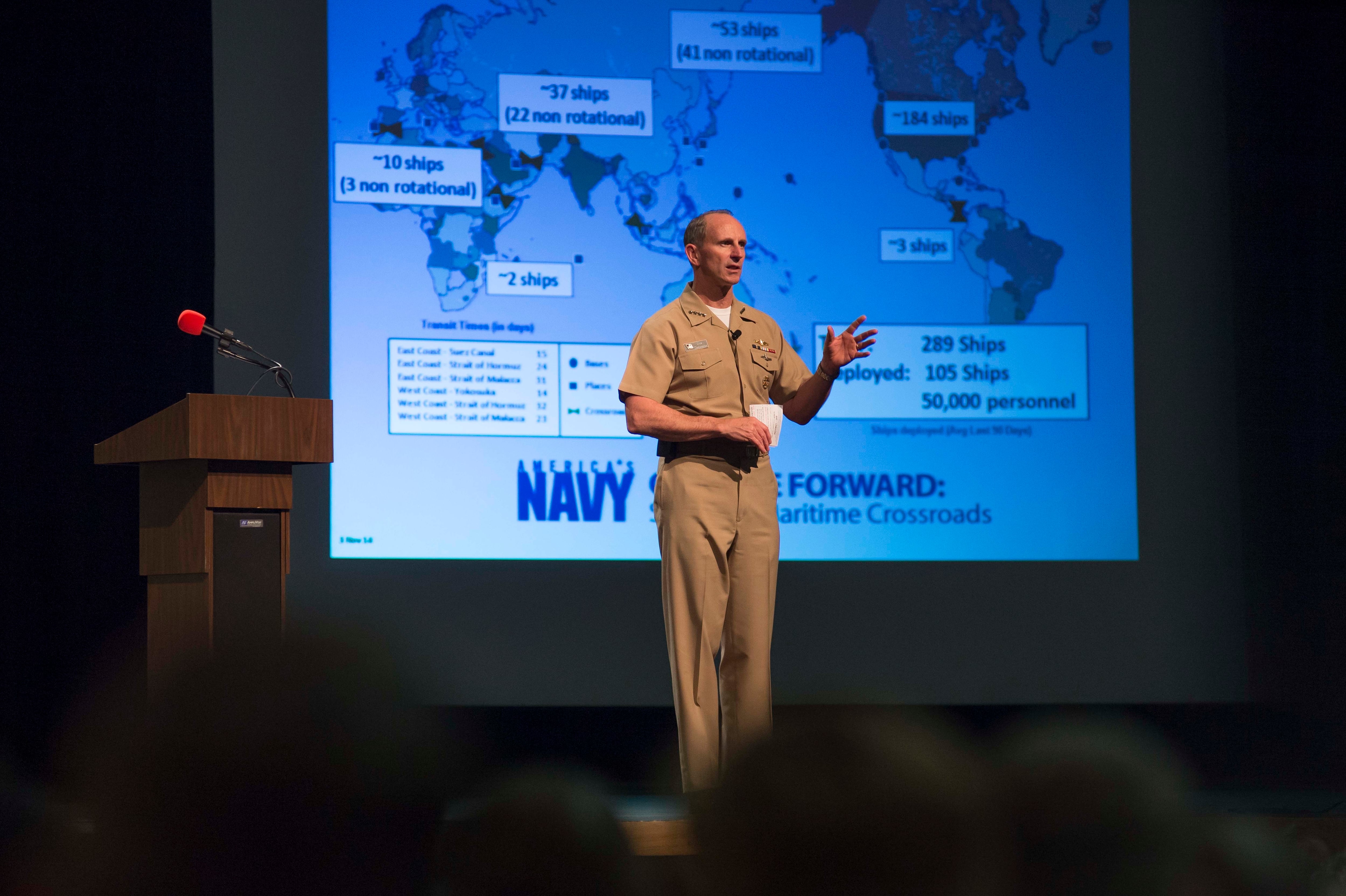
During an all-hands call at Lemoore in November, Chief of Naval Operations Adm. Jonathan Greenert talked about the growing importance of the base.
Photo Credit: MCC Peter D. Lawlor/Navy
"How quickly we're able to get to that state, depends on how quickly the Navy is able to purchase the aircraft," Douglass said.
The "end state" squadron lineup will see seven F-35C squadrons, six F/A-18F squadrons and four F/A-18E squadrons.
Already, Douglass and planners from the base have been working on getting a home ready for VFA-101 when it arrives in a year and a half.
"We've plotted out military construction over the next 10 years, it's going to be a constant drumbeat of construction as our F-35 footprint grows on this base," he said.
They'll begin by reworking an existing hangar, Hangar 5, to be VFA-101's initial base of operations.
"Our hangars are built on a module concept, where each squadron hangar gets its own module," Douglass said. So four squadrons will eventually move into it., starting with the first squadron to transition," he said
"That is through design now and out through contractor bid, and we anticipate, hopefully, shovels hitting the dirt here on July 1," Douglass said.
Next year, they'll begin rehab on the remaining three modules of Hangar 5, work that's going to take an additional two years to complete.
"Once that's done, the FRS and our first transitioning fleet squadron will take up residence in Hangar 5.
In about 2018, Lemoore will begin construction on what will become the all new Hangar 6, a totally new hangar that will take about two years to build.
"Our hangers are built on a module concept where each hanger gets it's own module. So four squadrons will eventually move into into it, starting with the first squadron to transition," he said
But oOne thing is for sure, an F-35C squadron will have what Douglass called a few more enlisted maintainers around. Currently, an A current F/A-18E squadron has anywhere between 226 and 234 sailors assigned. An F-35C strike fighter squadron will include range between 245 to and 250 sailors.
Most of the extra maintainers are due Much of the people plus up is due to the planned creation of a completely new maintenance shop for each that will be in a F-35C squadron. It will only be , that will be responsible only for maintaining the outside of the aircraft and , which will be manned by aviation structural mechanics.
The skin of the F-35C is designed to deflect radar and make it tougher to see by a potential enemies. This stealth capability is so important that there will be a complete new shop in the squadron, manned by sailors with special training and skills to maintain it.
"The low observability of of the F-35C is considered a weapons platform and that's going to be a huge mind shift for us to treat the exterior of the airplane and the maintenance with such care," Douglass said. "It's not that we don't care for the exterior of our aircraft today, but this is on a totally different level, and we want to keep it pristine, because that's part of the weapons capability. That's why we procured this airplane."
Mark D. Faram is a former reporter for Navy Times. He was a senior writer covering personnel, cultural and historical issues. A nine-year active duty Navy veteran, Faram served from 1978 to 1987 as a Navy Diver and photographer.

